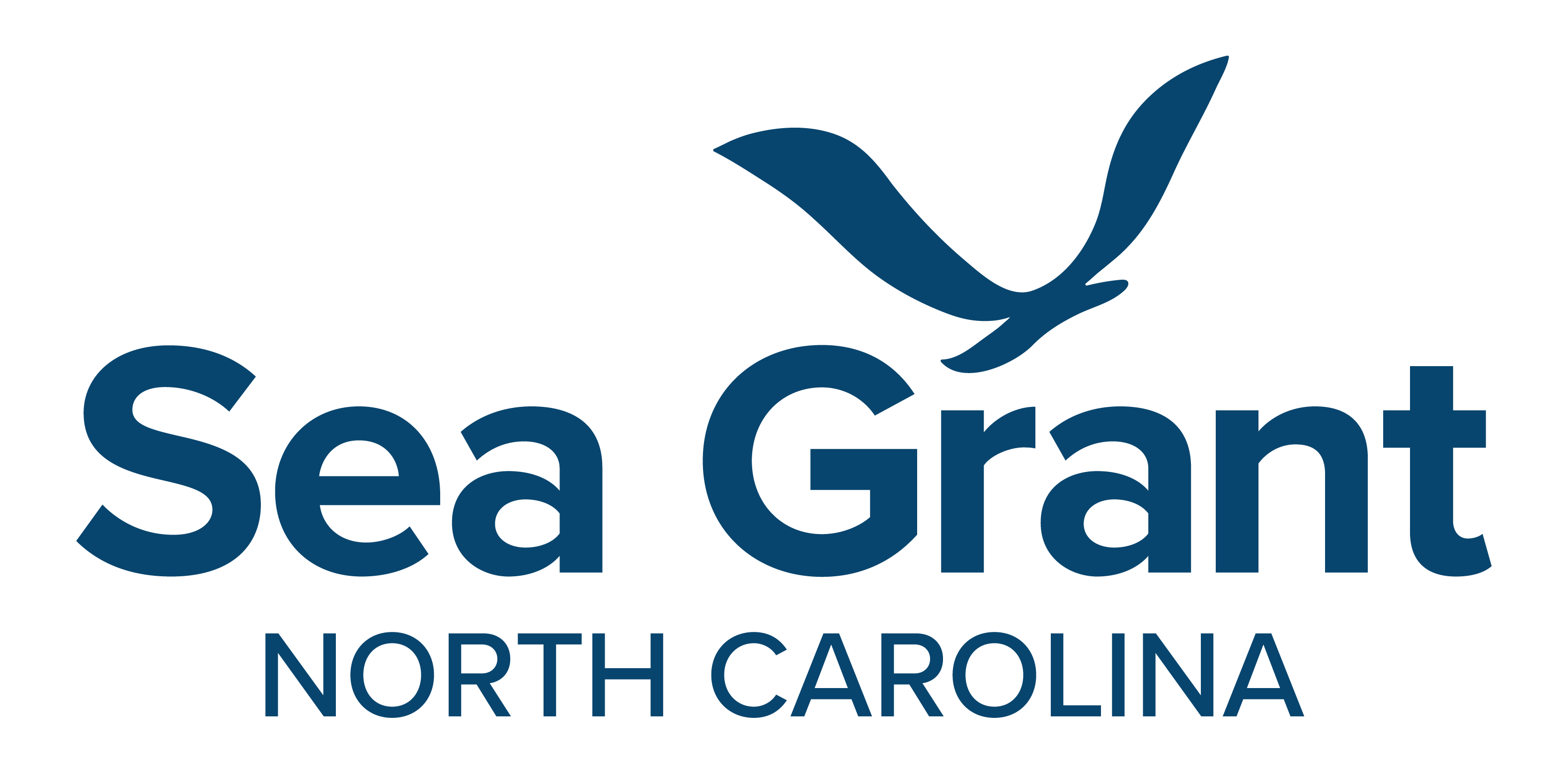Lesson 9: North Carolina Business Perspectives on Aquaculture
Objectives
By the end of this lesson, students will be able to:
- Describe the general operations of a North Carolina aquaculture business.
- Identify and explain the major challenges and factors that influence success of the North Carolina aquaculture industry.
Overview
Hearing the perspectives of people who work in the aquaculture industry is a useful way to gain insight into challenges and factors that influence success. In this lesson, students will focus on a specific N.C. aquaculture venture, exploring what makes it unique. Then they will compare and contrast that venture with other aquaculture businesses in the state.
Grade Level: 11-12
Duration: 2 class periods
Career and Technical Education Standards: Relevant to Agricultural Education courses
Vocabulary
merroir [mehr-warr]: unique flavor profile imparted by different features of the sea, differentiated by salinity levels, types of phytoplankton and other distinct characteristics of the marine environment
Activity
Materials
- Watch the Careers in Mariculture video.
- Listen to the Oysters Carolina interview, and/or read the transcript.
- Listen to the Hooper Family Seafood interview and/or read the transcript.
- Listen to the Thomas Seafood interview, and/or read the transcript.
- Download and print the Student Worksheet.
Students will watch a video on mariculture careers.
The teacher should then facilitate a class discussion to answer the following questions:
- What other jobs, apart from being a grower, support the marine aquaculture industry?
- What are the three primary mariculture species grown in North Carolina?
- What other species would you like to see grown in the state? Are those other species feasible? Why or why not?
- What is the role of hatcheries and scientific research in shellfish aquaculture?
- What are the differences in oyster flavor that Chef Keith Rhodes describes?
- Are you familiar with the term merroir? What does merroir mean to you?
Next, students will select a specific N.C. aquaculture business and learn about its operations.
Students can choose a farm listed in the N.C. Seafood Directory.
Another option is to select a business they already are familiar with, perhaps through a personal connection (e.g., a business from which their family purchases farmed seafood).
A final option is to select one of the following prerecorded interviews with these three businesses:
- Listen to the Oysters Carolina (oysters) interview, and/or read the transcript.
- Listen to the Hooper Family Seafood (clams) interview and/or read the transcript.
- Listen to the Thomas Seafood (soft-shell crabs) interview, and/or read the transcript.
Students will conduct online research about their chosen aquaculture business in order to answer the questions in the worksheet. During their research, they will explore what species the business grows, production methods used, and factors that influence production and profitability.
After an exhaustive internet search, students can proceed to the next step.
They should either set up a phone or in-person interview with the manager of the business they selected, or they can listen to an available interview. If a business manager cannot sit for a live interview, advise students to ask if another staff member knowledgeable about business operations is available. The goal is to answer any remaining questions that students could not address during their internet research.
When they are done with their internet research and interviews, students will create a bulleted list of their findings and provide a short presentation to the class.
Finally, as a class, students will list the challenges to managing an aquaculture business and the factors that influence success. Then they will vote on which of the aquaculture businesses that were presented has the most potential for success, and which business seems the most challenging to operate.
